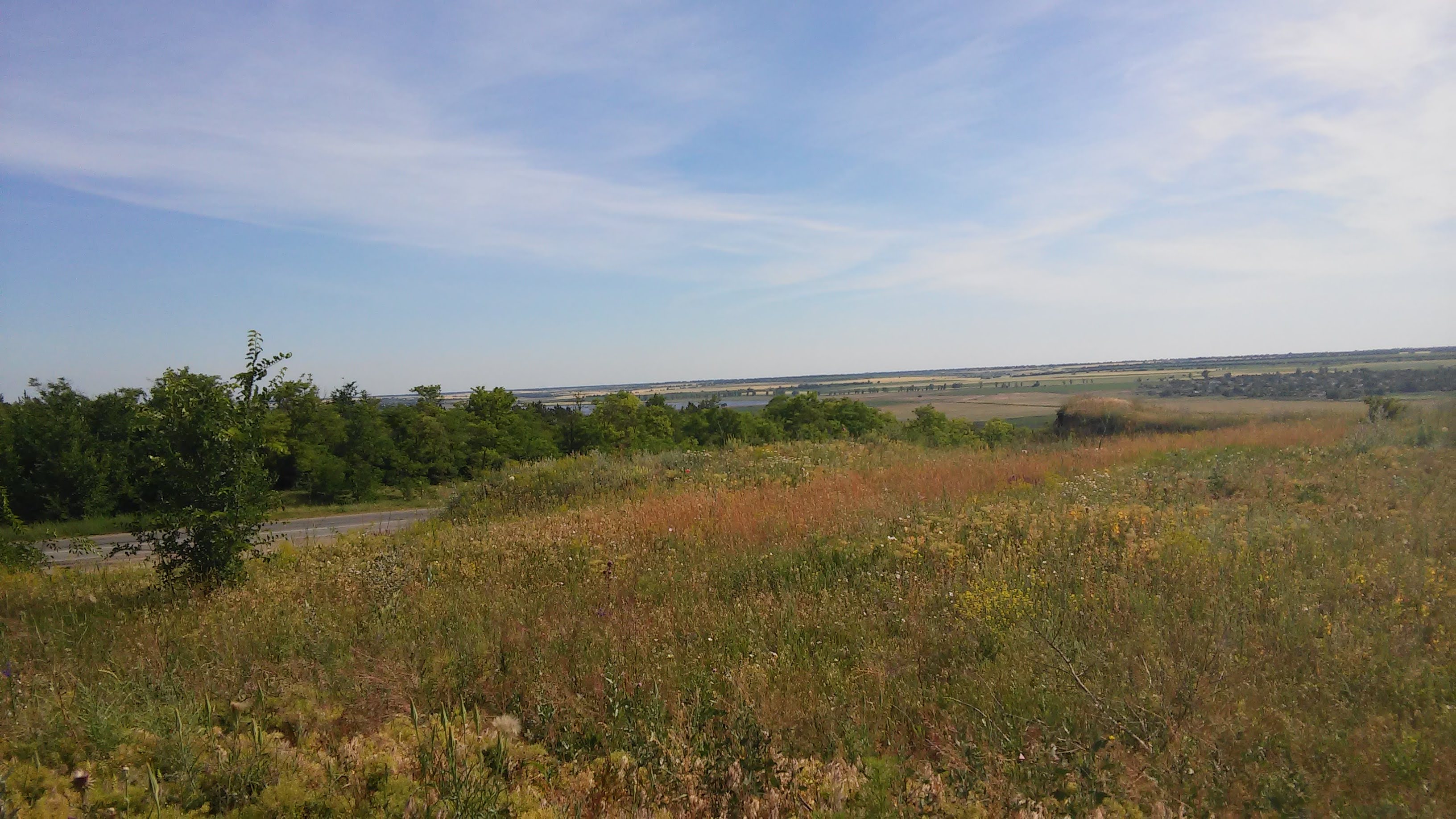|
|
|||||||||
|
Tardent Crest (original colours lost, impression based on common Vaud heraldic colours)
We got to the winery where we had an appointment for a guided tour, and were met by an elegant, intelligent and knowledgeable young woman who provided a good couple of hours of technical information about the enterprise operations. The giant steel stainless vats have a variety of configurations for the different types of wine to emerge from the conveyors of grapes input at one end, reds, whites, and sparkling. Very impressive, the processes are clever, and where possible they've maintained a nod to the past, using wooden barrels for some varieties for the fermentation processes.
|
We passed lots of roadside stalls selling strawberries, cherries, vegetables and other home grown farm products, and this is the secret of Western Ukraine's resilience as the economy nose dives courtesy of the Russian invasion. People are resorting to a traditional economy of buying and selling food, and to some degree exchanging goods at the local level.
Not far from where the Dniestr flows into Lake Liman, is the remnants of the old Roman wall, just north of the Danube delta, part of Trajan's wall, though there are counter claims that is was built later. What is evident is that the locals used the wall as a road.
 We reached Chabag by a narrow sand strip around 10 kms long and perhaps 250 metres wide, the barrier between the Black Sea and Lake Liman, a huge lake that is the estuary for the Dniestr River. After heading south along the Black Sea coastline, we turned north-west a few kilometres to find Chabag, on the shores of the lake very close to where it meets the Black Sea.
It seems that there are lots of underground water courses that feed the estuary, as we found later as we drove further south along a similar strip, with a gently sloping dam wall (this was far better than the roads), intended to separate the fresh water from the Danube estuary (about 20 kms further south than Lake Liman). The dam was a complete failure as the water just continued to flow beneath the surface between the river and the sea, but hey, it makes the best road we drove on in Ukraine, who cares about a gentle 15 degrees from the vertical!
 After seeing the cellar turned Dionysian art gallery, with interesting figurative detail, we were shown the Swiss colonists museum, and that was a grand surprise! The current owners of the winery have lovingly gathered as many of the original artefacts as possible, and set up a couple of rooms in the style of the colonists' houses.
More about the winery at their website
The display included the obligatory rifle and bible that the original colonists had to bring with them. The model of the wagon train is excellent, so authentic that the faces of the people riding in the carriage were modeled after the colonists themselves!
 After the museum, we were shown into a sparkling fine dining room, set up, not to eat, but to drink, and we were treated to a very decent array of sparkling, white and red wines, and in addition provided with a case of same, delivered to the car.
Kira and I divvied up the bottles and they've all gone to very good homes, including with us on our respective paths to Paris and Copenhagen. After the tasting, we had an excellent lunch in the garden restaurant on the site, and the resident aged cat dined with us on some very fine salmon.
 One of the original cellars is still in use for it's original purpose, storing wine, and that is the Thevanaz cellar. The picture below is not that cellar, however it seems to invoke the spirit of the restoration of the original purpose.
 
Interestingly enough, we went straight from the winery to Paul Thevenaz's house, where we were met by Svetlana an original local denizen of Chabag, who is Paul's wife. Delightful people and we spent a happy hour conversing on local culture, politics, and Paul's journey back to Ukraine after being repatriated from the colony as a baby in 1944 hours ahead of the Russian soldiers. We talked in a four way mix of Russian and French, so Svetlana was included in the conversation.
As we were leaving for the independent Chabag history museum, we were given a grand half-dozen litres of Paul's vintage red. And very decent it is too!
The local Chabag Swiss Colonists museum in the village itself, tells the most interesting story with a collection of papers, accounts and books about this period of Ukrainian history.
They have a grand collection of photos and pictures to tell the tale, and this single room in the municipal building felt so much more connected with the families who journeyed so far, carrying their goods and chattels, with hope in their hearts to build a future in a new land. I think we have a lot to learn from the Swiss families who displayed so much courage and sense. This is the human spirit at its best.
The museum's curators were delighted to meet us, and once again Kira's fluency in Russian meant that I could join in the discussion. They have a great collection of anecdotal material about the people and families who lived in the Swiss village. They were so interested to know who we are, and about the connection with Louis-Vincent, and there was a wealth of information about the people who lived in the colony, which made it a living story. Here we found the vox populi, the voice of the people. |